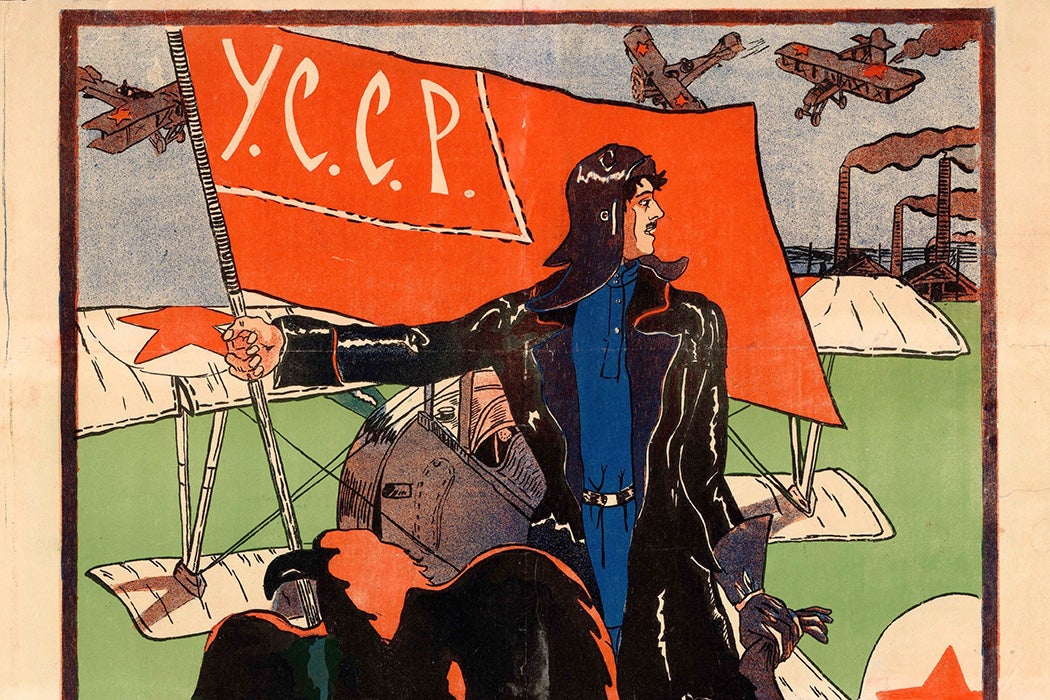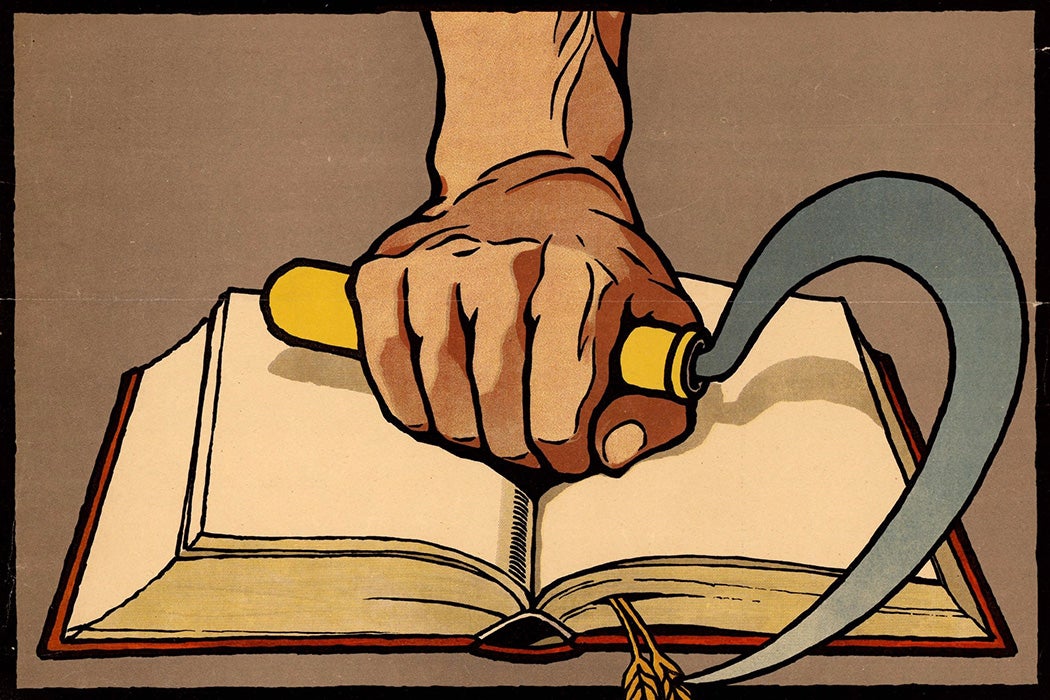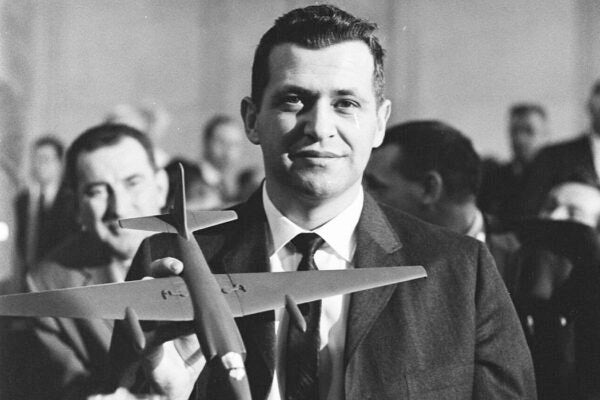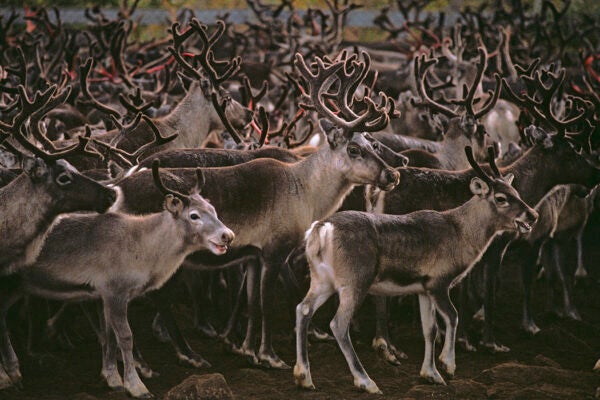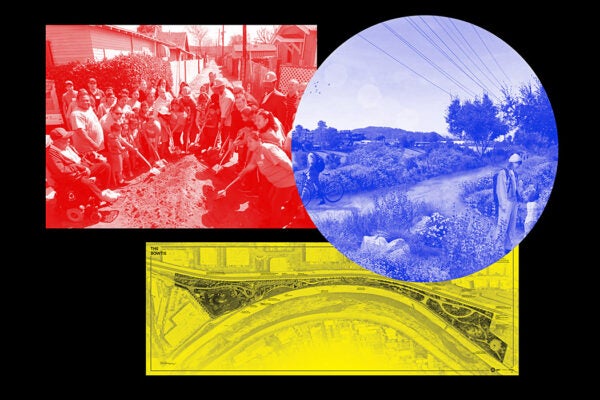In the 1920s, a Soviet aviation group invented their own sort of superhero: Egor Poddevkin, the dashing pilot. In a series of short stories, Poddevkin flies around the country, performing heroic deeds for dazzled peasants. He fights plagues of locusts with crop dusting, douses raging fires from the air, and comes to the rescue of snow-beset villages in his “enchanted sled.” In the real world, however, Poddevkin was performing a very different service for the Soviet Union.
Historian Scott W. Palmer describes how Soviet officials used the airplane as a symbol to push modernization and to connect rural peasants to urban centers. Still a relatively new technology in the ’20s, airplanes possessed a potent combination of practicality and mystique. This made them well suited to technological propaganda.
Nikolai Raizanov created Poddevkin for the Society of Friends of the Airfleet (ODVF, in Russian acronym). The Communist Party established the ODVF in 1923 to promote aviation and the construction of an air fleet. In addition to literature, they created poems, posters, and films to promote aviation. Although they were fairly low quality, films like 1923’s Contact! followed a similar pattern to the Poddevkin stories, bringing the exploits of heroic pilots to life. This was particularly important given that much of their peasant audience was illiterate, Palmer explains.
More to Explore
The Birth of the Soviet Union and the Death of the Russian Revolution
The ODVF recruited Red Army veterans to fly around the country distributing this propaganda and flying demonstration flights. As in the Poddevkin tales, they emphasized the practical value of the machines for the peasantry. But they were also hoping for a deeper cultural transformation.
In their narratives, the enemies of the peasants extended beyond locusts, fires, and snow. The ODVF stories often depict pilots “protecting peasant households from the machinations of monarchists, capitalists, kulaks, and foreigners,” Palmer writes. They are filled with themes of class conflict—and drunken Orthodox priests.
The League of the Militant Godless had formed in 1924, and the ODVF joined their fight against religion. Pilots took peasants into the sky, pointing out the absence of God and the angels in “air-baptisms.” On the cover of the satirical magazine Krokodil, a comic shows Soviet planes attacking Jesus, Mary, and a group of terrified businessmen. A poem describes the scene:
In the heavens a wild affray
God’s been shot down by an airplane
On the ground another one
Has the capitalists on the run.
Like the crop dusters flying over fields to eradicate locusts, the ODVF “flew cultural reconnaissance in an early effort to eradicate rural traditions,” Palmer writes. They were trying to drag the peasant population into a new technological era. To Soviet leaders, the ultimate goal was cultivating smychka, or “union,” between peasants and urban workers. But their methods could often cross over into condescension, Palmer argues, mirroring the attitudes of imperialism that the Soviets often criticized.
“In the end,” he writes, “their efforts to realize these machine-age dreams revealed an ideology of dominance that used aeronautical technology to legitimate and construct a new Soviet culture.”
